“Hunters are conservationists” or “hunting is conservation” are phrases that we hear so often that they might sound clichéd. I have discussed whether such generalisations are true or not countless times on my podcast. Regardless of your opinion, it is undeniable that hunters and hunting organisations across the world can and do contribute to great conservation work. The results of such work are even better when hunting and non-hunting organisations join forces to achieve common goals for the environment. After all, working on what unites us instead of stoking what divides us is the key to success.
The National Association of Regional Game Councils (NARGC) is one such organisation that puts a significant amount of money and effort into conservation work. They claim to be Ireland’s largest conservation organisation, and that very well might be the case. Whether they are or not is less important though, what is important is that they are one of the hunting organisations that recognises that in the current social climate, with growing pressures on hunting, it is not enough to just do conservation work. There is a strong need to communicate that work to a wider audience and most importantly to policymakers.
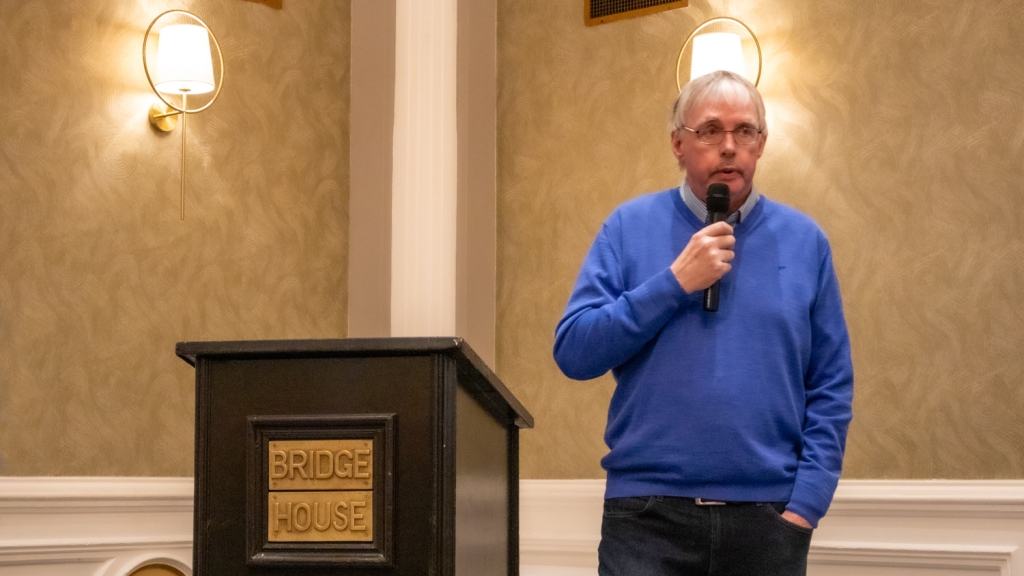
To meet these needs, they are organising numerous events, inviting guests from governmental and non-governmental organisations, as well as scientists, to talk about conservation work. When hunters and non-hunters work together for nature, great things happen. This type of cooperation is of great interest to me, and so once again I found myself driving across the country to attend yet another event organised by the NARGC and Irish Habitat Trust.
The event titled “Hunters for Conservation, Ambitions in 2024 and Beyond” was organised at an impressive venue at the Bridge House Hotel in Tullamore. It featured several interesting guests from Finland and Ireland. I was familiar with some of them from a previous NARGC event that I attended last year. As at the previous event, this time I also met friends and colleagues as well as a few listeners to my podcast. It always makes my day when someone recognises me in a crowd having previously listened to my podcast.
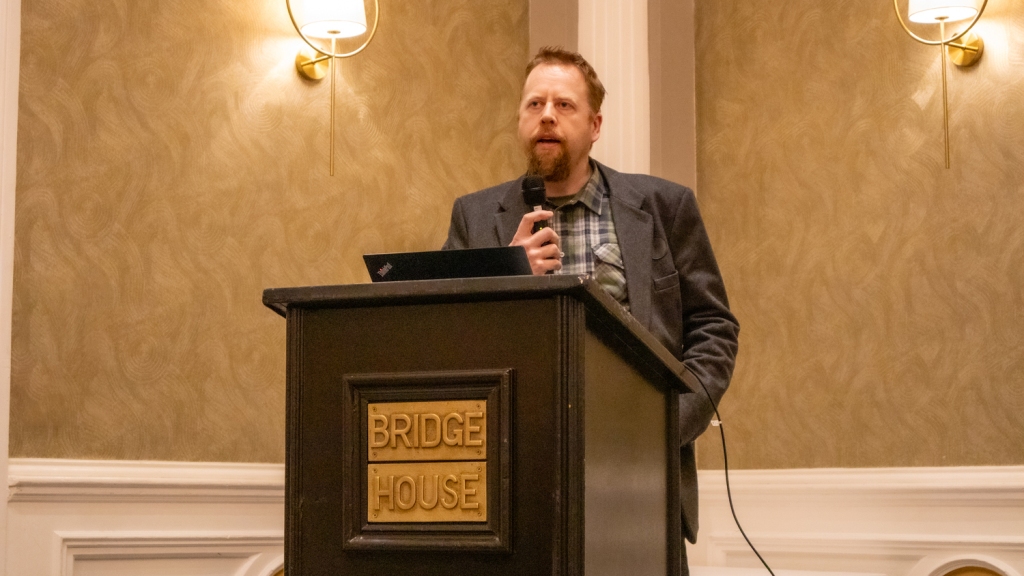
The event was opened by the NARGC chairman John Butler. In his opening talk, one could still hear fresh disappointment about the Green Party Minister of State for Nature, Malcolm Noonan’s failure to engage with hunters while reviewing the Open Season Order for Birds. As a result, four species of migratory ducks, Scaup, Pochard, Goldeneye and Pintail, were removed from the quarry list. According to John, the best practice in wildlife management wasn’t followed, and instead the minister went for the simplest yet likely inadequate solution. Unfortunately, this is an emerging pattern as Minister Noonan has recently decided to extend the deer hunting season, once again, failing to take into account best practices and scientific evidence related to deer management.
As a side note, I hope that NARGC will continue to pursue engagements with the Minister for Nature. It is my opinion that it wasn’t realistic to expect that the minister would change his mind in the absence of an established relationship. The only way forward is to build trust. That was also my message while talking offstage with NARGC decision-makers. Please don’t get discouraged and keep engaging in good faith, even if the results are disappointing. This is the only way to develop the partnership, and the penny will eventually drop within the ministry.
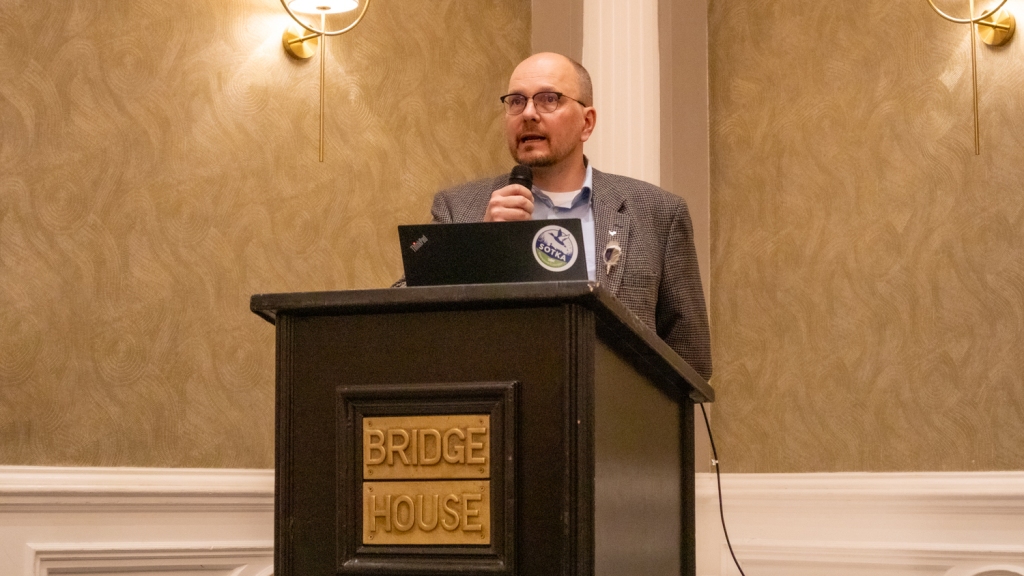
After the opening, we were presented with several talks from Finnish guests. Ere Grenfors, the Wildlife Management and Conservation Manager and Veli-Matti Pekkarinen, the Waterfowl Habitat Specialist, both from the Finnish Hunters’ Association, and Mikko Alhainen, the Senior Planning Officer at the Finnish Wildlife Agency.
Finland is an important breeding area for much of Europe’s waterfowl. So it was great to hear about the hunting seasons and methods, habitat protection and restoration, as well as waterfowl prospects and improvement to their breeding grounds. The Finns have a well-established working relationship between scientists, hunters and policymakers. As a result, the hunting season and bag limits, for species like forest grouse or moose, are constantly being re-evaluated and adjusted to the benefit of both wildlife and hunters. Furthermore, they are looking to implement similar adaptive regulations for waterfowling. This is the model Ireland should strive to implement, and it requires all interested parties to be at the table.
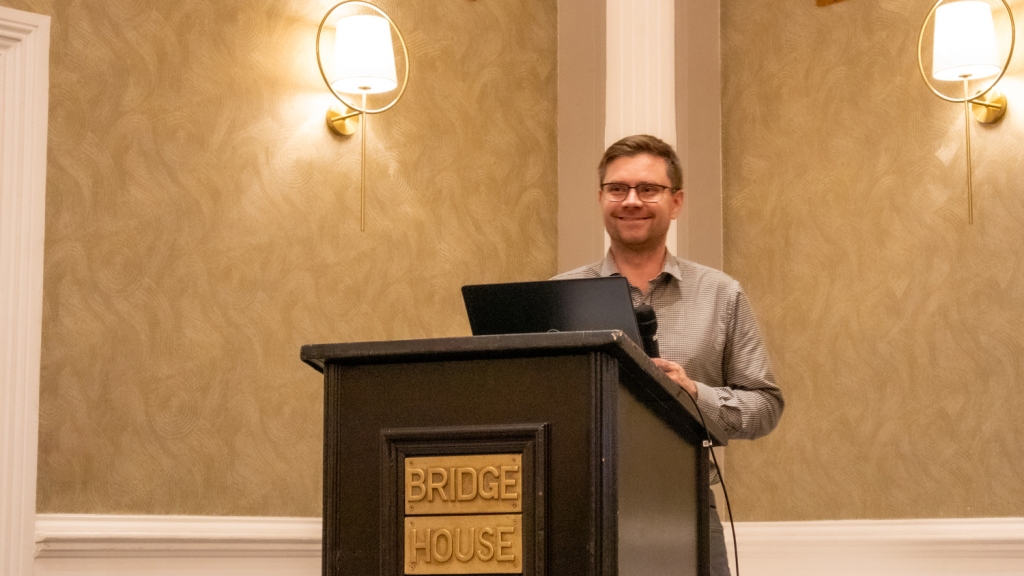
After the aforementioned series of talks, we were treated to a presentation from one of the foremost woodcock specialists in Ireland and a friend of the podcast, James O’Neill. We heard about some preliminary results from his research regarding woodcock densities and distribution. Finland has a large breeding woodcock population, so the topic was met with great interest by the Finnish guests. James’s research, which is largely funded and supported by the NARGC, is a prime example of a hunting organisation actively contributing to scientific research that advances the understanding of species ecology and the impacts of hunting.
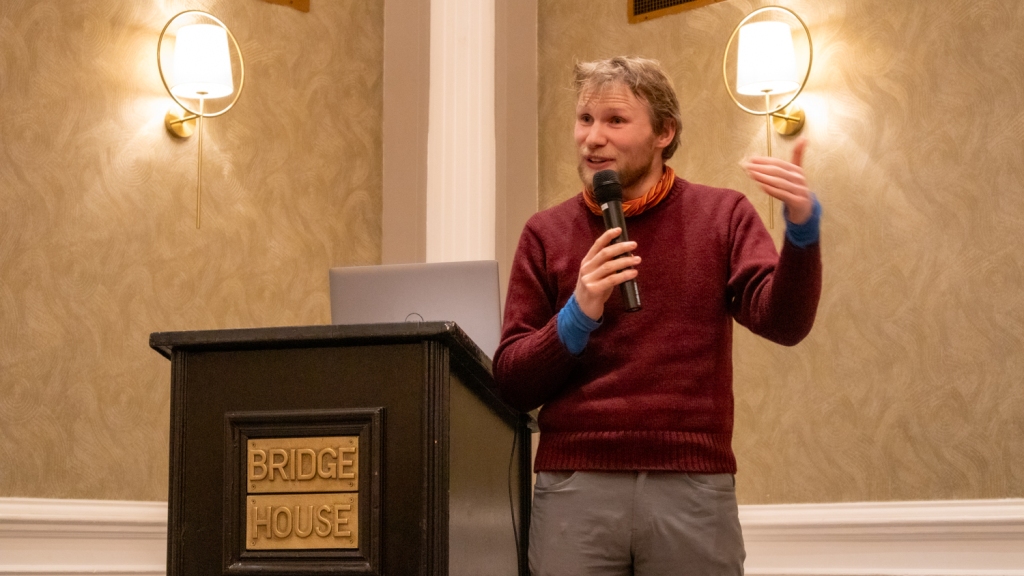
Finally, we had an opportunity to hear from another friend and long-time supporter of the podcast, Padraig Breen, the Game Development Officer at the NARGC. Padraig presented the work of the Irish Habitat Trust which was founded in 1997 as a fund-raising scheme for conservation projects. We could hear about contributions to several conservation projects like the Finnish SOTKA. Wildlife doesn’t know political borders and such initiatives are of the utmost importance for conservation, and especially for migratory species.
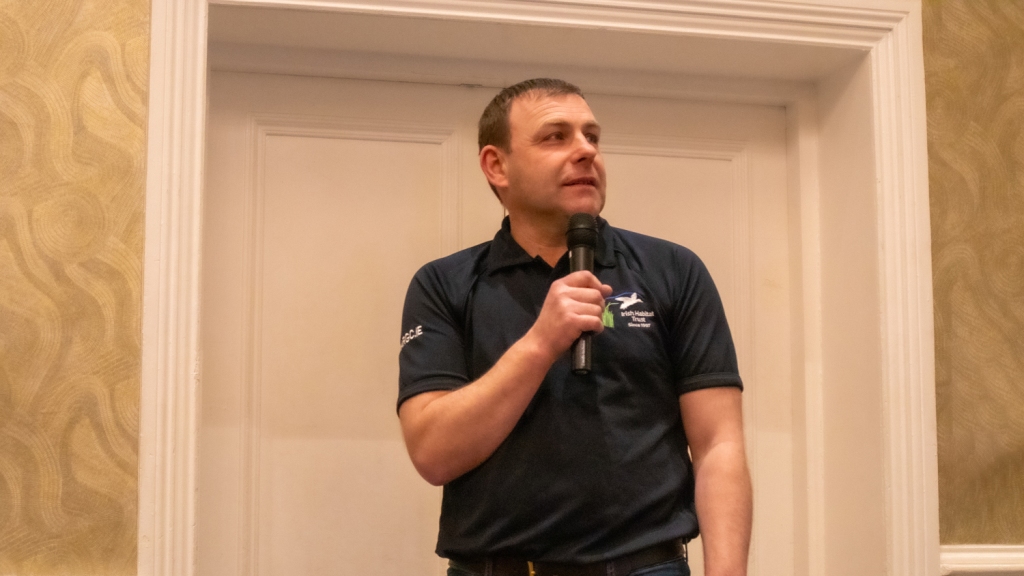
I was genuinely pleased with this event. It always makes me hopeful for the future of wildlife and natural habitats when I hear about how hunting and non-hunting organizations and communities work together. It also makes me hopeful about the future of hunting. There is no point in only wishing for this to happen more. Initiatives like the ones presented that night are one of the best ways forward. As I see it, that’s hunters and hunting organizations that are leading the way in initiating such cooperation. Now, the ball is in the environmental NGOs’ court to positively engage with hunters. To preserve the beauty of nature and opportunities to interact with it, we shouldn’t be distracted by the minutiae of disagreements about the character of those interactions. Instead, we should focus on common goals and working together, so future generations can enjoy it too.
